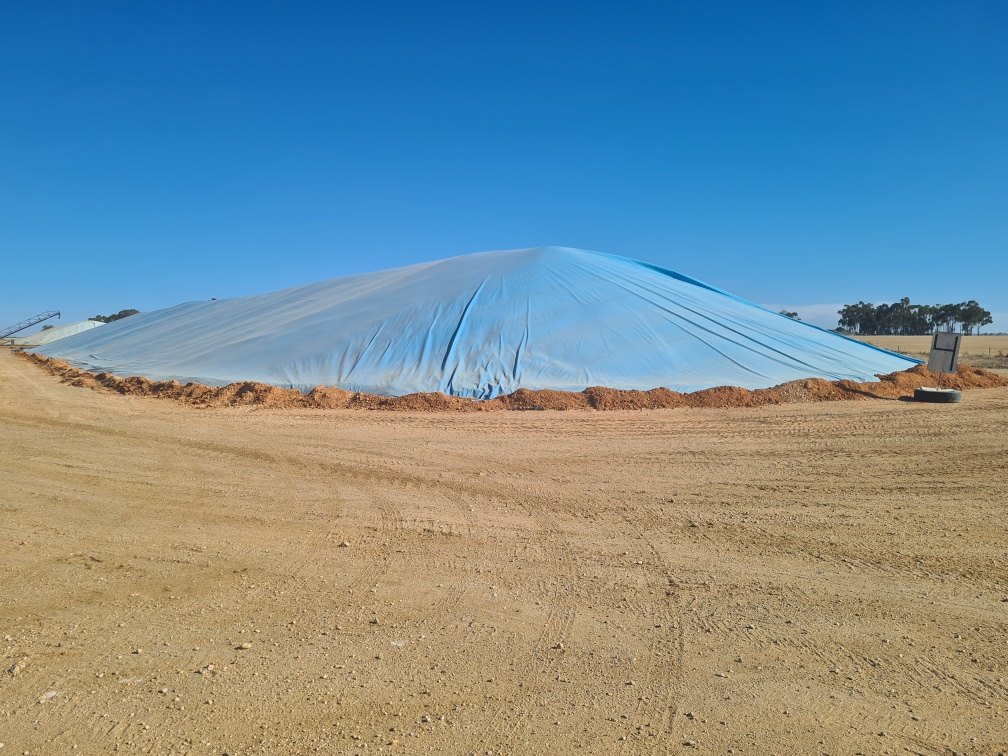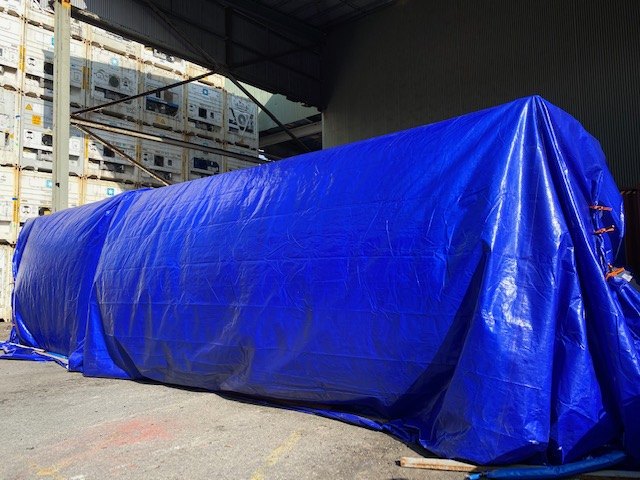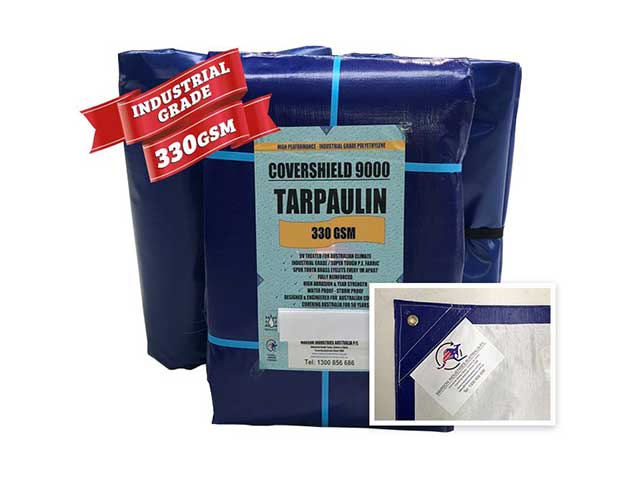Tarps, Covers & Liners. Industrial Textile Fabrication.
Marson Industries Australia Pty Ltd
Liquid Containment Management and How Do You Choose a System

There is a problem that is seen in a wide variety of industries. In fact, any time a business is dealing with any type of a liquid, especially a hazardous liquid, there is the possibility of a spill. Some of these spills may involve some very dangerous liquids, both to the people that are nearby and for the environment as well. Those spills might include a variety of chemicals, sewage, petroleum products and many other liquids, In order to ensure that those spills are both contained and controlled, a liquid containment management systems should be in place. So, what is liquid containment management?
Liquid containment management, which is sometimes also referred to as spill containment, is a way of ensuring that any spill that does occur does not get out of control. Typically, it involves some type of barrier that helps to keep the liquid within a certain area. This allows for a much easier cleanup and reduces the effect that it might have on the environment as well. In some cases, there may also be a drainage system in place that allows the liquid to flow away from the spill area into a contained space rather than being absorbed into the surface at that location.
When you look at the statistics, you begin to see how important spill containment is in an environmental location. In the United States alone, there are over 10k spills reported on a yearly basis and that is only scratching the surface. These only include those that have some type of liquid containment management in place and not all of those that do occur are reported. Unfortunately, many are likely swept under the carpet and forgotten.
Spills are also not a problem that is confined to land areas. There is also the possibility for spills on the water as well and these can have a severe impact on the sea life, human life, and the environment. We don’t need to think back very far to remember some rather serious oil spills. This type of a problem can also be contained using liquid containment management but the system can not be in place in advance because the area where the oil spill occurs is not known in advance.
Most experts consider a liquid containment management system to be the optimum choice for containing and controlling any type of spill. When compared with using absorbing kits or a secondary chemical to control the spill there are typically more problems involved. Those are the experts who don’t ask, what is liquid containment management, they understand it quite well.
One type of liquid containment management is used more and more frequently by those who are responsible for handling or transporting oil. They are a series of bladder and valves that work within the drainage systems that are already in place. If a spill should happen to occur, they can simply be deployed to those areas. Even if they are not in place, it only takes a few hours to have them retrofitted to systems that are already damaged and leaking.
There are also things that can be done to further contain the spill along with the spill management system. One important thing to consider is the need to be proactive when looking into the possibility of needing such a system. If you have any high risk areas at your facility, it is best to map them out in advance. You may also be able to map out additional problems by keeping an eye on anything that could affect a spill, including ocean currents and current weather forecasts.
What is Liquid Containment Management in Modern Facilities?
One of the benefits of using modern day liquid containment management systems is that they can be deployed and inflated remotely. In the past, it was necessary for personnel to be directly in the area where the spill occurred in order to deploy the system. Today, pneumatic controls are used instead of electric controls so there isn’t even a need to have electrical cables run into the area.
Spill containment systems have continued to advance with technology as well. An option that is now on the cutting edge uses wireless networks to signal gas cylinders to inflate the spill bladders remotely. As a result of this technological advancement, these systems can often be deployed in any area, even those that do not have other facilities available.
Sometimes, a spill may take place and a containment system may be needed in a remote location. There are portable options available, such as portable drums that can be deployed in the event of a large-scale spill. Tank systems may also be able to contain the spill, and they are used in certain situations as well.
In high-risk areas, where a spill is likely to take place, a series of systems may be necessary to ensure that problems are kept to a minimum. There may be a primary system in place to capture the spill and contain it in a specified area. A secondary system may also be deployed in those areas to make up for any shortfall of the primary system. Having a secondary option available may also help in the event that the primary option fails.
Choosing a liquid containment system would require that you consider a number of factors that could occur at your facility. Those factors could include the type of chemical if monitoring is needed if it must be moved and if so, how will the move take place and what type of volume could occur if a spill takes place. You may also need to consider if the chemical is flammable and if the spill containment system is compatible.
When you understand more about a liquid management system, you realize just how important it is to make the right choice for your business. Having a spill management system in place allows you to take care of business while, at the same time, caring for any emergency situations that may come up in the future. Rather than asking what is liquid containment management, you will know very well what it is and how to use it properly.
Share this post



